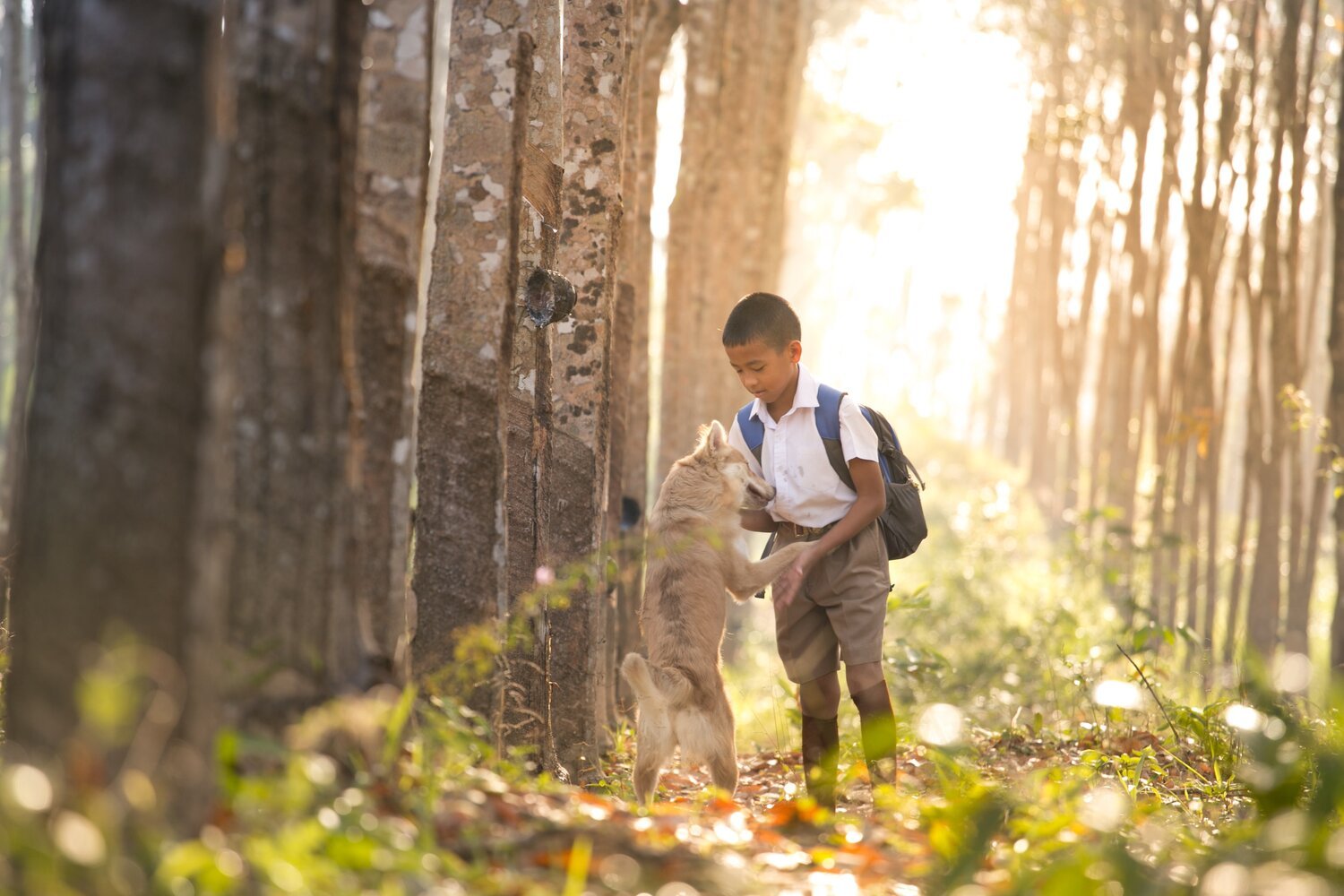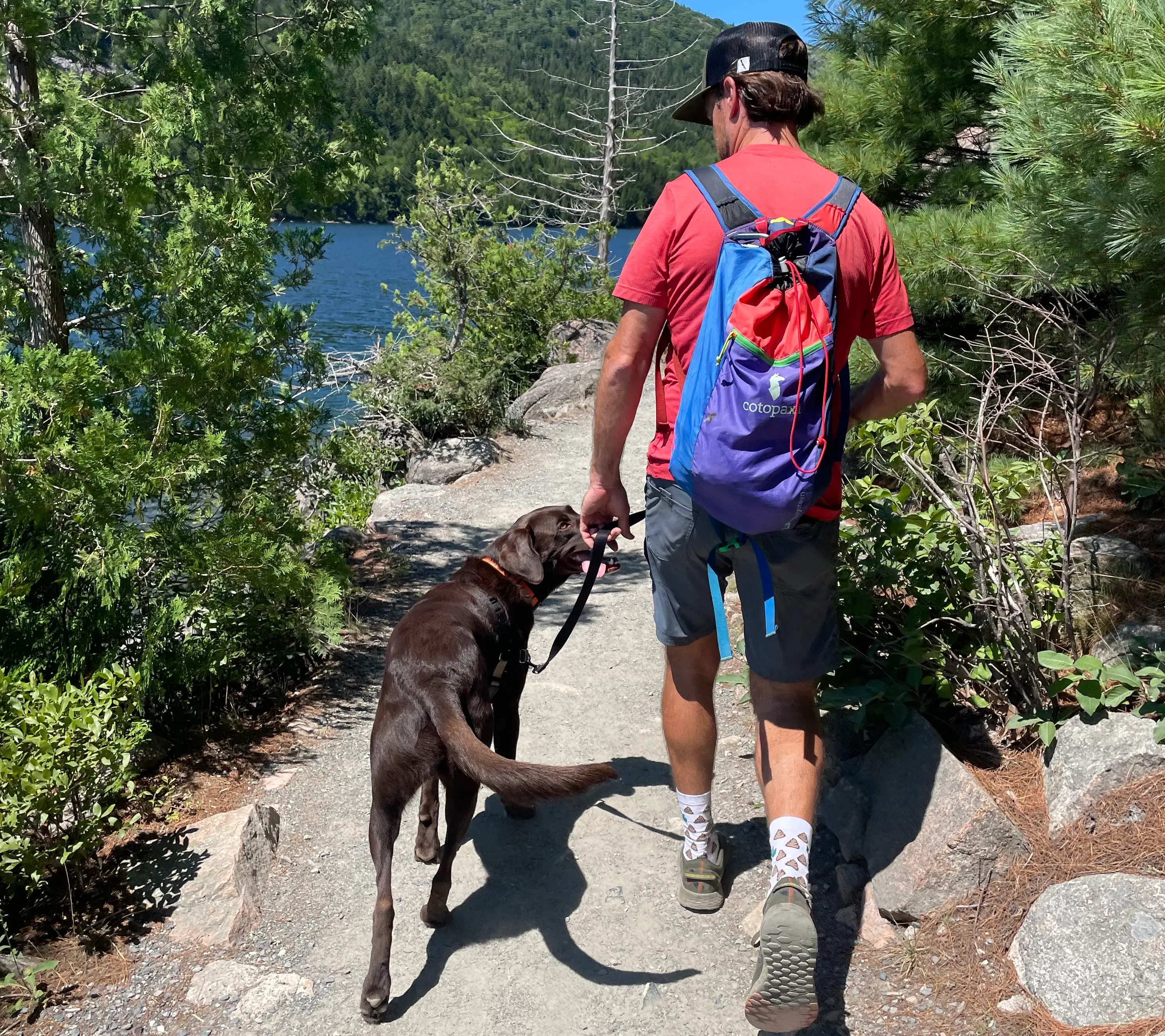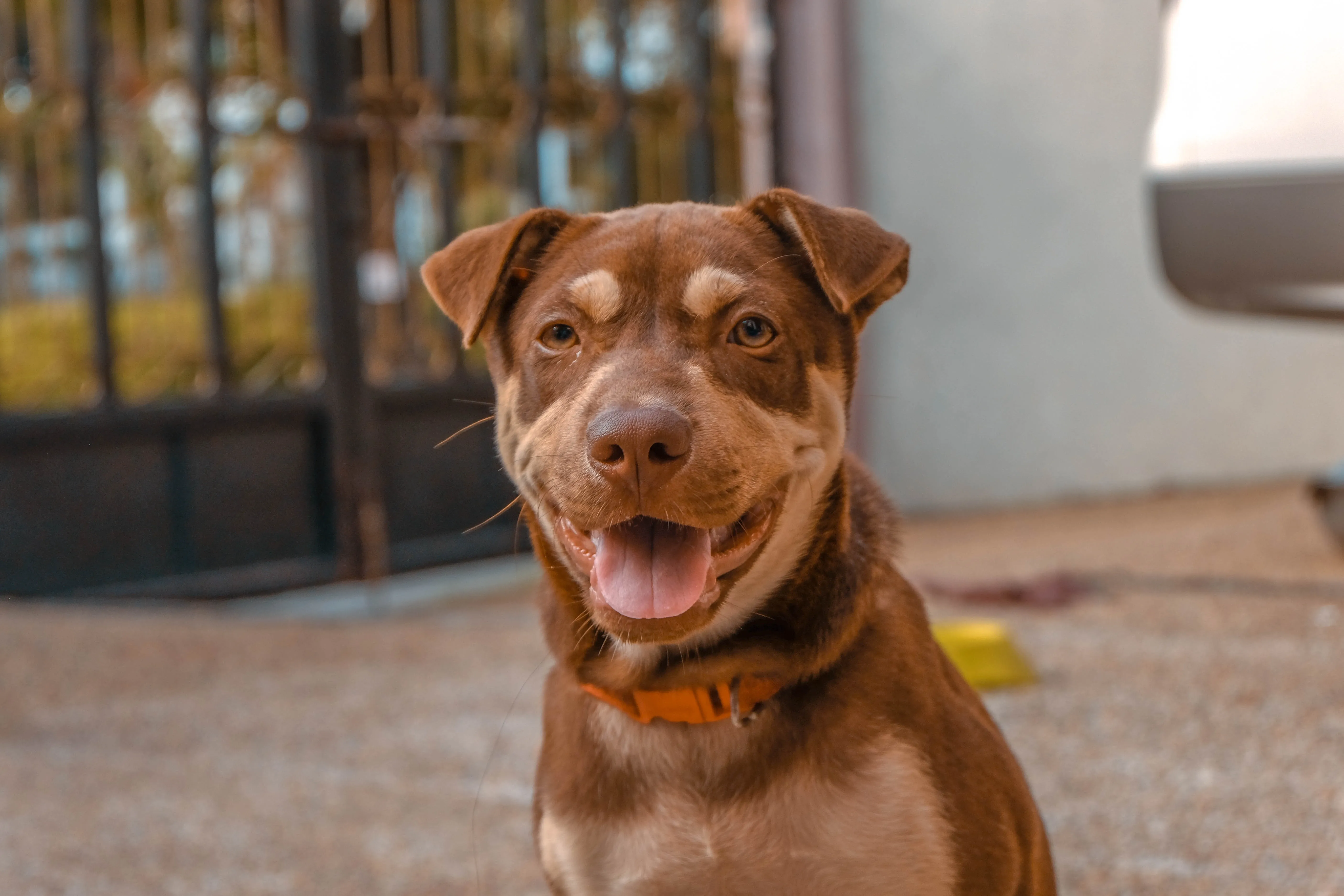Tips on Training Your Dog to Be Child-Friendly
As most people would agree, dogs are a man’s best friend, but without essential childproofing training, your canine companion may become a handful in the presence of kids. A dog that spends its growing years around adults is inadequately trained to be around younger kids. Children tend to be unpredictable, noisy, and in some cases, rough with pets, which may overwhelm your dog. In a recent National Pet Owners Survey, 4% of dogs in the US take a training class, while 94% of people prefer to self-train their pets. The remaining 2% receive no training at all. Are you considering adding a dog to your family’s life and wondering how you can train it to be child-friendly? Here are some tips for you to think about.

Expose your dog to children at an earlier stage
A child is likely to have a different smell from what your dog may be used to. This may cause your dog to feel overwhelmed if they do not have sufficient exposure to children or babies. So how do you expose your dog to children? You can start by inviting relatives or friends with kids over to your home. It will be an opportunity to see first-hand how your dog will react to the young ones. You can also consider visiting the park with your dog; the park may be a perfect choice because you are likely to meet children of all ages and their varied character traits. Remember, you are responsible for your dog’s actions towards children and other adults at the park- so ensure your dog is on a secure leash, and we also recommend a harness for better control. With this experience, you offer the dog a chance to become familiar with kids’ scents and habits.
Use crate training
Putting your dog in a crate is not a form of punishment. Instead, you should help your dog understand that the crate is its safe place or escape route. Crate training can be seen as the answer to a dog’s instincts. If used correctly, the crate is also useful in preventing your canine pet from shredding fragile fabric within the home when you are away. In essence, dogs behave better when they know a safe crate is their sanctuary. Some pets still undergoing training may see the crate as a bathroom and mess in it (always remember to dispose of pet waste appropriately, here are some tips on proper dog poop disposal methods). Whenever children visit, reward your dog with a treat and a favorite toy placed within the training crate. Over time, the dog will begin to associate positive emotions when kids are around them. As a caution, remember to advise kids to stay off of and keep a safe distance from the dog’s crate.
Act like a child
This is an option if you have no children at home or are just fearful of going to the park with your untrained dog. Some pet owners who experience an adverse reaction from their dog when walking outdoors, may consider this a viable option. Indeed, children act very differently from adults, so you should consider all this to play this role well. Try child-like behaviors such as exaggerated hand gestures, running in short bursts, or even making some amount of noise. As crazy as this may sound, it is a dog training method even experts recommend. If you and a spouse or partner are expecting a baby, download baby sounds and play them at random whenever the dog is around you. Continue to reinforce positive emotions in such situations to help your dog acclimatize to the impending change. If this training method proves to be challenging, hire a professional trainer.
Never leave a child unattended with a dog
The worst could happen in a split second; in your absence, a young child may act in a way that a dog may interpret as aggressive. Out of instinct, the canine pet may nick or bite depending on the degree of ‘attack.’ Therefore, always keep both the child and dog within sight.
While you consider training a dog to be child-friendly, consider its breed. Some dog breeds are naturally friendly and can accommodate a child’s excesses. Nevertheless, it should never be an excuse to procrastinate on the dog’s relevant training routines in question. Your best option is to begin training the pet while it is still a puppy. Don’t forget to research and explore other training tips.
Please contact us if you have any questions on these tips, [email protected] or by visiting www.newmansdogtraining.com.
Also, follow us on Instagram and Facebook @newmansdogtraining. You can also follow us and our dog Barry on our training and outdoor adventures on Instagram @adventuredogbarry.
Happy Training!



